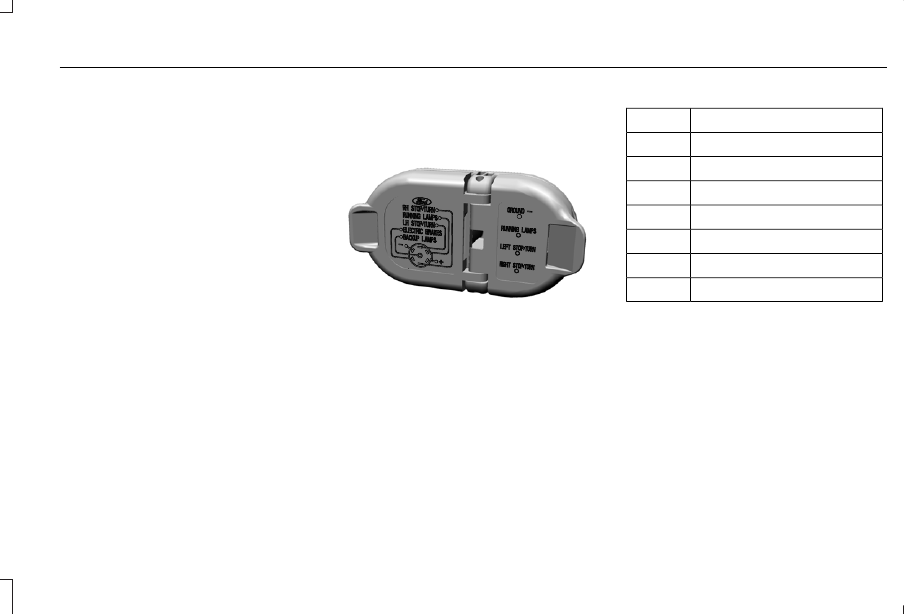Lincoln Navigator (2019 year). Manual - part 20

ESSENTIAL TOWING CHECKS
Follow these guidelines for safe towing:
•
Do not tow a trailer until you drive your
vehicle at least 1,000 mi (1,600 km).
•
Consult your local motor vehicle laws for
towing a trailer.
•
See any instructions that come with
towing accessories for the proper
installation and adjustment specifications.
•
Service your vehicle more frequently if
you tow a trailer. See Scheduled
Maintenance (page 547).
•
If you use a rental trailer, follow the
instructions the rental agency gives you.
You can find information on load
specification terms found on the tire label
and Safety Compliance label as well as
instructions on calculating your vehicle's load
in the Load Carrying chapter. See Load Limit
(page 292).
Remember to account for the trailer tongue
weight as part of your vehicle load when
calculating the total vehicle weight.
Trailer Towing Connector (Vehicles
with a Trailer Towing Package and
7–Pin Connector)
E163167
When attaching the trailer wiring connector
to your vehicle, only use a proper fitting
connector that works with the vehicle and
trailer functions. Some seven-position
connectors may have the SAE J2863 logo,
which confirms that it is the proper wiring
connector and works correctly with your
vehicle.
Function
Color
Left turn signal and stop lamp.
Yellow
Ground (-).
White
Electric brakes.
Blue
Right turn signal and stop lamp.
Green
Battery (+).
Orange
Running lights.
Brown
Reverse lights.
Grey
Trailer Hitch Cover
Your vehicle has a removable trailer hitch
cover. To remove the trailer hitch cover:
311
Navigator (TB9) Canada/United States of America, enUSA, Edition date: 201808, First-Printing
Towing